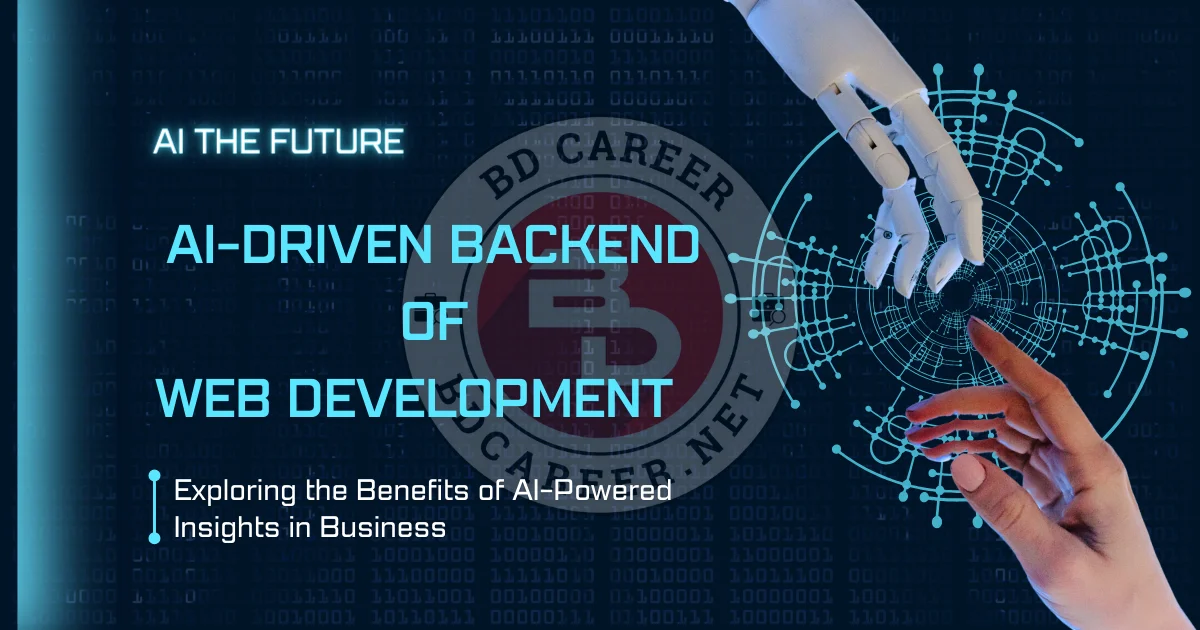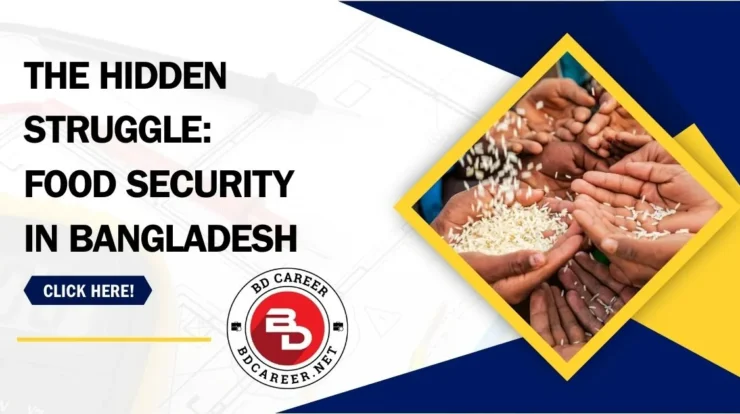
In the ever-evolving landscape of web development, the integration of Artificial Intelligence (AI) has become a transformative force, reshaping traditional approaches to backend development. As businesses increasingly rely on web services to deliver dynamic and scalable applications, the role of AI in backend technologies has gained prominence. This article explores the various facets of AI-driven backend development, from its applications in cloud computing and databases to the automation of repetitive tasks, case studies showcasing predictive analysis, and discussions on security enhancements.
Contents
AI in Backend Technologies
The Rise of AI in Cloud Computing
Cloud computing has revolutionized the way businesses manage and deploy applications. AI is pivotal in optimizing cloud resources, ensuring efficient scaling, and enhancing overall performance. Machine learning algorithms analyze usage patterns, predict resource needs, and adjust infrastructure to meet demand. This dynamic approach improves efficiency and reduces costs by eliminating the need for manual intervention.
Enhancing Database Management Through AI
Databases form the backbone of web applications, storing and retrieving data efficiently. AI has significantly improved database management by automating query optimization, data indexing, and storage allocation tasks. Machine learning algorithms can adapt to changing workloads, ensuring that databases operate efficiently. This improves user response times and contributes to web services’ overall reliability.

Automation of Repetitive Tasks
Backend development often involves many repetitive and time-consuming server management and optimization tasks. AI brings fresh air by automating these tasks, allowing developers to focus on more complex and creative aspects of their work.
Streamlining Server Management Tasks
AI-driven automation simplifies server provisioning, configuration, and monitoring. Intelligent algorithms can analyze server performance data in real time, identifying bottlenecks and potential issues before they impact user experience. This proactive approach to server management enhances reliability and contributes to the overall stability of web services.
Optimizing Backend Processes Through Intelligent Automation
From code deployment to performance optimization, AI-driven automation streamlines backend processes, reducing manual errors and speeding up development cycles. Continuous integration and delivery pipelines benefit from AI algorithms that analyze code quality, identify vulnerabilities, and ensure seamless deployment. This accelerates development and contributes to creating robust and reliable web services.
AI in Case Studies
Several case studies highlight the effectiveness of AI-powered predictive analysis in ensuring backend scalability. In one instance, a large e-commerce platform utilized machine learning algorithms to analyze user behavior and predict peak traffic times. This allowed the platform to scale its backend infrastructure dynamically, ensuring a seamless shopping experience during high-demand periods. Such predictive analysis improves user satisfaction and optimizes resource utilization, saving costs.
Discussion on Security Enhancements
Fortifying Backend Development Security with AI
Security is a paramount concern in web development, and AI has emerged as a powerful ally in the fight against cyber threats. Machine learning algorithms can analyze vast amounts of data to detect anomalies and patterns indicative of potential security breaches. From intrusion detection to threat prevention, AI-driven security enhancements provide a proactive layer of defense, safeguarding web services and sensitive user data.
Implementation of AI for Threat Detection and Prevention
AI algorithms excel at identifying unusual patterns that may indicate a security threat. By continuously monitoring network traffic, AI systems can detect anomalies, unauthorized access attempts, and potential vulnerabilities. Automated responses, such as blocking suspicious IP addresses or implementing temporary access restrictions, contribute to a robust security posture. Using AI in threat detection and prevention enhances security and allows developers to respond swiftly to evolving cyber threats.
AI in Challenges and Considerations
Adopting AI in Backend Development
While the benefits of AI in backend development are evident, challenges are associated with its adoption. Integrating AI into existing infrastructure requires careful planning and consideration. Developers must ensure compatibility with existing systems, address potential data privacy concerns, and provide adequate training to teams. Balancing the advantages of AI with the associated challenges is crucial for successful implementation.
Mitigating Risks and Ensuring Seamless Integration
Organizations must invest in robust testing and validation processes to mitigate risks associated with AI-driven backend development. Thorough testing helps identify potential issues before deployment, ensuring a smooth integration process. Additionally, ongoing monitoring and optimization are essential to address any unforeseen challenges post-implementation.

AI in Future Trends
Emerging Trends in AI-Driven Backend Development
As technology advances, new trends in AI-driven backend development are emerging. The integration of natural language processing (NLP) for improved human-computer interaction, reinforcement learning for adaptive system optimization, and the evolution of AI-driven DevOps practices are among the trends shaping the future of backend development. Staying abreast of these trends will be crucial for developers and businesses aiming to stay at the forefront of technological innovation.
Understanding AI in Backend Development
Before delving into the specifics of AI in backend development, it’s essential to understand the fundamentals. Artificial intelligence involves the development of systems that can perform tasks that typically require human intelligence. Machine learning, a subset of AI, enables systems to learn and improve from experience without being explicitly programmed.
Applications of AI in Backend Development
AI is making significant strides in enhancing backend development processes. Developers leverage AI to optimize and streamline various aspects of web services, from predictive analytics to automated decision-making. For example, machine learning algorithms can analyze user behavior to predict future actions, allowing for personalized and responsive user experiences.
Advantages of AI-Driven Backend Development
Enhanced Performance and Efficiency
One of the key advantages of incorporating AI into backend development is the substantial improvement in performance and efficiency. AI algorithms can analyze vast amounts of data at incredible speeds, leading to faster and more accurate decision-making. This translates into quicker response times for web services, ultimately improving the overall user experience.
Scalability and Adaptability
Web services often face the challenge of fluctuating user demands. AI-driven backend systems excel in scalability and adaptability, automatically adjusting resources based on the current workload. This dynamic scaling ensures that web services can handle varying traffic levels without compromising performance or incurring unnecessary costs.

Reduction of Development Time and Costs
Traditionally, backend development involves extensive coding and testing, which can be time-consuming and resource-intensive. AI-driven automation tools are changing this landscape by accelerating development workflows. Tasks such as code generation, bug detection, and testing can be automated, significantly reducing development time and costs.
Strategies for Businesses of AI Development
Businesses seeking to leverage AI-driven backend solutions should prioritize a strategic roadmap for implementation. This includes conducting thorough assessments of existing infrastructure, fostering a culture of innovation, and establishing clear communication channels between development teams and business stakeholders. Collaboration with AI experts and technology partners can further enhance the successful integration of AI into backend development.
I have previously published many other articles. If you want to see them, click here.
- Future of Software Development
- Artificial Intelligence and Its Importance in Business
- The Future of AI-Generated Art and Design
- Humans and AI are Together MindMate!
- AI Opportunities for Reskill Success
- AI’s Impact on Creative Innovation
Conclusion
In conclusion, AI-driven backend development revolutionizes web services by optimizing cloud computing, enhancing database management, automating repetitive tasks, and fortifying security. Case studies demonstrate the practical applications of AI, showcasing predictive analysis for backend scalability. While challenges exist, careful consideration and mitigation strategies can ensure a successful integration. As we look to the future, emerging trends indicate that the transformative impact of AI on backend development will only continue to grow, offering exciting possibilities for developers and businesses alike. Embracing AI in backend development is not just a choice; it’s a strategic imperative for those aiming to thrive in the dynamic landscape of web services.





